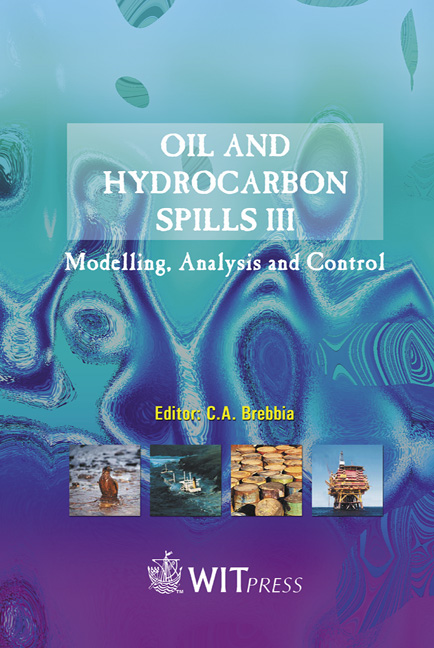Field And Experimental Tainting Of Arctic Freshwater Fish By Crude And Refined Petroleum Products
Price
Free (open access)
Transaction
Volume
59
Pages
Published
2002
Size
534 kb
Paper DOI
10.2495/OIL020311
Copyright
WIT Press
Author(s)
W. L. Lockhart, R. W. Danell, G. A. Stern & R. K. York
Abstract
Field and experimental tainting of arctic freshwater fish by crude and refined petroleum products W. L. Lockhart1, R. W. Danell1, G. A. Stern1 & R. K. York2 1 Department of Fisheries and Oceans, Winnipeg, Canada 2Canadian Food Inspection Agency, Winnipeg, Canada Abstract We have investigated two incidences of tainting of fish from northern Canada: one by effluent spilled from a synthetic crude oil production plant on the Athabasca river in northern Alberta, and one by diesel fuel spilled when a truck overturned near the Cameron River, Northwest Territories. These cases resulted in complaints that whitefish taken downstream from the spill sites became tainted. Supplies of the spilled materials were available, and laboratory tests confirmed the ability of the spilled materials to produce oily taints in fish. These confirmatory experiments lead to a more systematic study of the relationship between exposure of fish to oil in water and tainting as judged by the responses of taste panels. Fish (rainbow trout and arctic char) were exposed experimentally to three mixtures of Norman Wells oil (nominally 3, 12 and 50 ppm) in water over a period of seventy-two hours. Fish were then transferred to clean holding tanks where they were held for a further 600-840 hours. Three fish were removed from each tank at intervals over both uptake and clearance phases in order to measure the production and subsequent loss of the oily taste. Taste panel members were selected for their ability to detect, identify and rank correctly weak mixtures of oil in water. All panellists were able to discriminate between treated and untreated fish during the uptake phase (mostly by the earliest sampling period of four hours) and early clearance phases. Panellists continued to detect taint in the fish at the end of the clearance phase of the experiment (600 and 840 hours). The implication of these taste panel results is that oil tainting is sensitive to the concentration of oil, the duration of exposure, and duration of the clearance phase. Rainbow trout and arctic char can be expected to become tainted after an exposure of only a few hours and to remain tainted for a month or even longer, following removal to clean water.
Keywords





